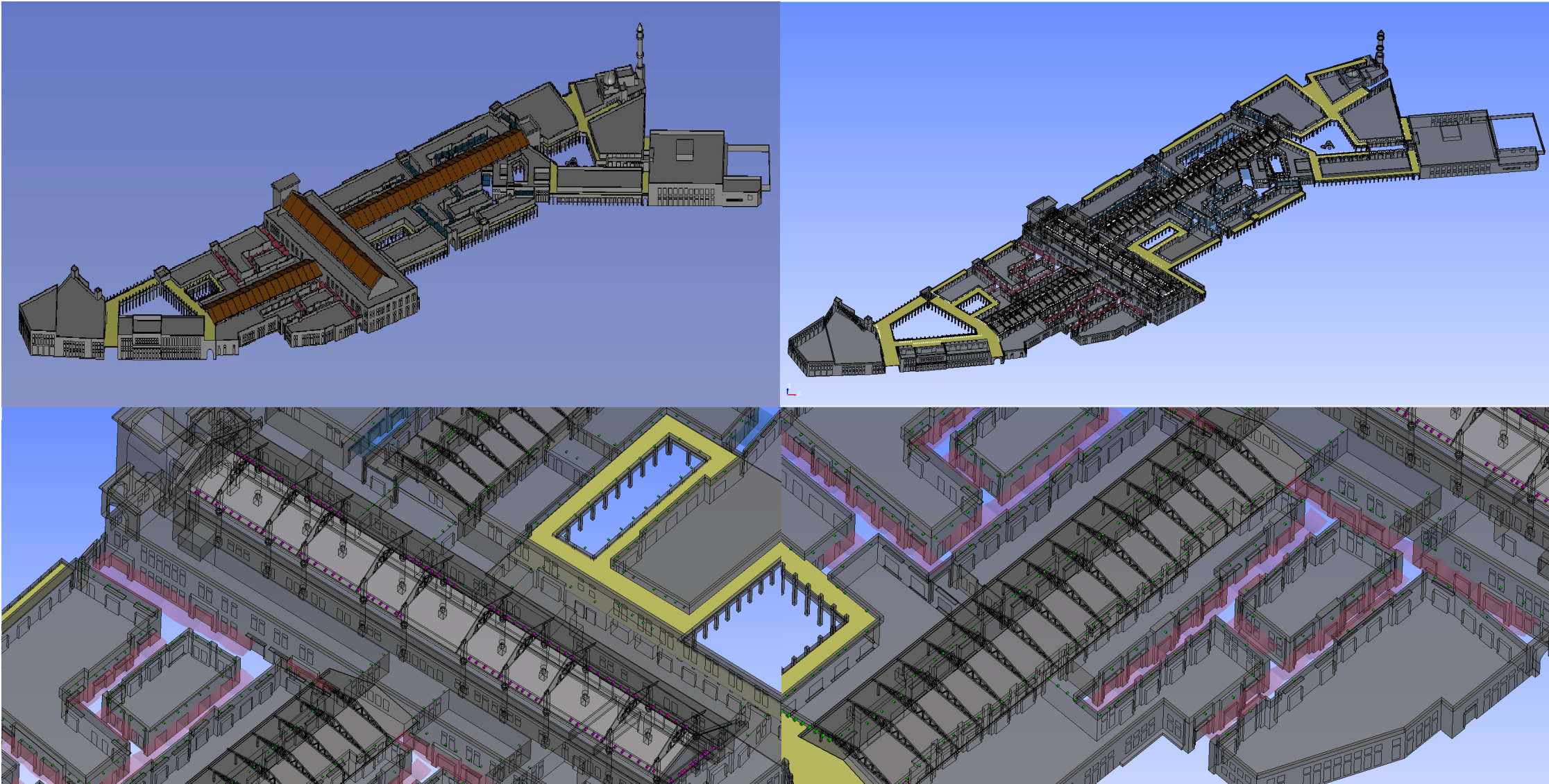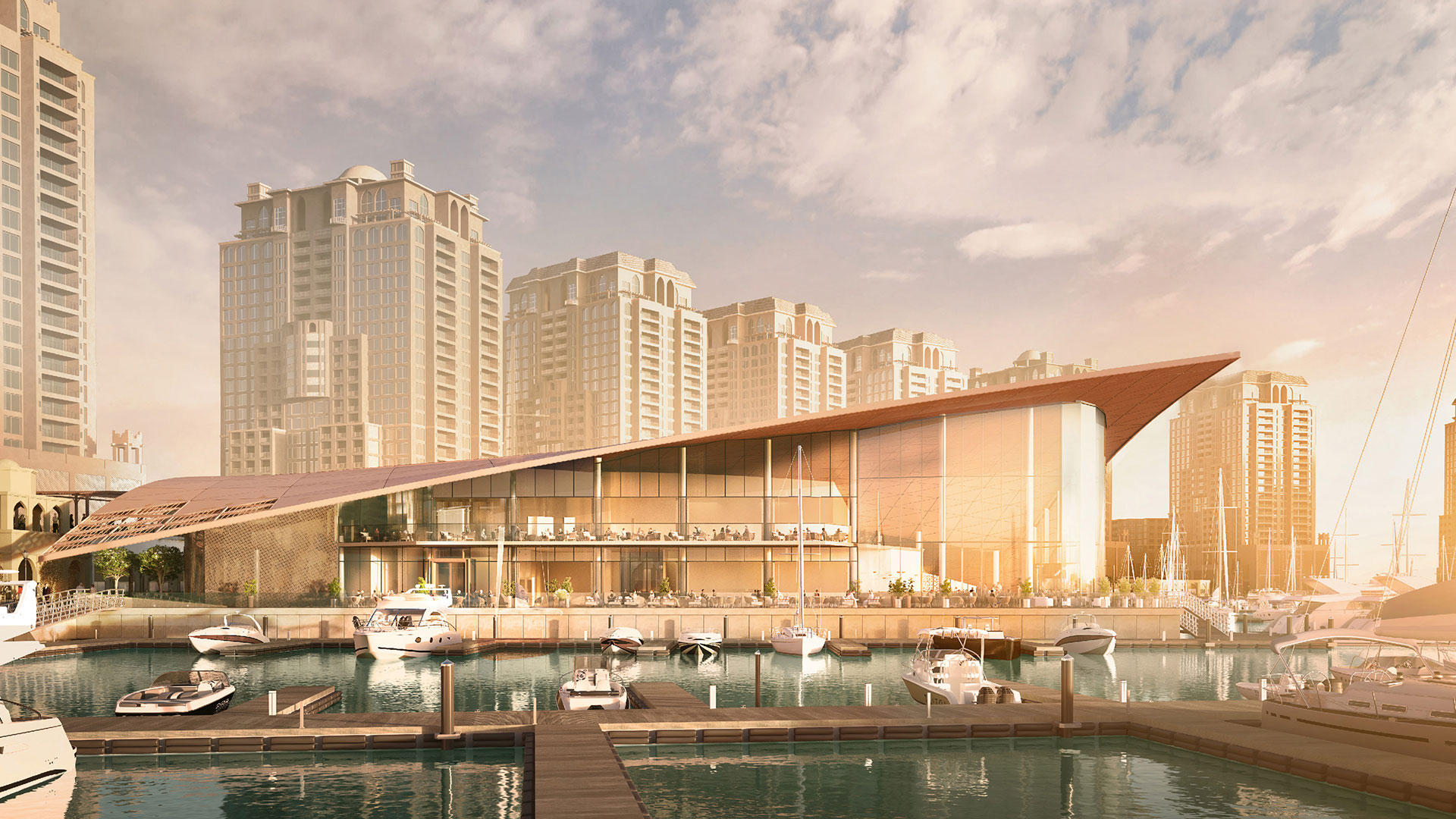Over the last 16 years, Mechartes has dedicated its efforts to undertaking diverse and intricate construction and infrastructure projects in the Middle East and across the globe. The company’s primary objective has been to assist clients in verifying and enhancing the HVAC design for various projects, including data centres, malls, atria, airports, mosques, temples, and churches
Thermal comfort, as defined by ASHRAE, is a mental perception of people towards various thermal conditions and is influenced by environmental and physiological dynamics. In recent times the increased use of outdoor spaces for various activities has led to the requirement of meeting thermal comfort standards to enhance user experience.
Our team has been involved in various outdoor thermal comfort studies, from outdoor restaurants to significant commercial developments, where we assisted clients with optimizing the design strategy and advised whether such a system was required.
Outdoor thermal comfort can be measured using several indices, and UTCI, i.e., Universal Thermal Comfort Index (refer figure below) is one of the most widely recognized thermal comfort indices globally. The UTCI represents the human body’s response to bioclimatic conditions, expressed as an “equivalent perceived temperature” that will be used to evaluate the comfort conditions.
The UTCI value is a function of parameters such as air velocity, air dry bulb temperature, air relative humidity, mean radiant temperature and physiological conditions of the human body. The UTCI value will range from extreme cold to extreme heat stress.
The scale showing the different UTCI values v/s levels of thermal comfort:

In this article, we will be presenting a case study on an Outdoor thermal comfort analysis conducted for a large souk street corridor & open area to provide a comfortable environment for occupants. The souk is in the Middle East, wherein the client employed CFD to examine the effectiveness of different options for ventilation & cooling system.
Let’s dive right in!
Exploring Ventilation Strategies for Optimal Comfort: A Detailed Case Study
Our client intended to primarily utilize the souk during evening hours, which led us to focus our study on ambient conditions during peak summer evenings. The interest was in exploring various design options to ensure optimal comfort for visitors.
Initially, the client wished to investigate the potential impact of High-Volume, Low-Speed (HVLS) fan systems, with the aim of determining whether they could provide adequate ventilation in Souk Street. It should be noted that the client’s main concern was not cooling but overall air circulation.
Our research findings indicated that the placement of the fans had no significant impact on air movement, as we observed higher velocities across all fan locations.
After these initial findings, we carried out additional studies with the HVAC system that had been specifically designed for the souk. These further investigations aimed to understand the velocity and Universal Thermal Climate Index (UTCI) values, to evaluate the environmental comfort levels.
Through this comprehensive approach, we aimed to create a more comfortable and enjoyable atmosphere for the visitors to the souk.
Aim of the CFD Analysis
The specific aim of the work is to check the performance of the provided HVAC design and to study the velocity and UTCI levels inside the souk street corridors & open areas by evaluating the below parameters at human occupancy heights:
-
Checking whether the proper air circulation is maintained or not
-
Assessing whether the UTCI levels are within the No Heat stress and Moderate Heat stress levels.
In order to achieve the above objectives, the CFD Analysis was carried out considering the adjacent buildings for various wind and ambient conditions, including pre-dominant wind scenarios.
CFD Modelling:Element in Focus
Per the inputs received and the Google SketchUp model, a detailed 3D CFD model was created along with the nearby buildings in the CFD software.
The HVAC system was designed for souk street corridors & open areas Hybrid cooling system. The jet nozzles were provided at all circulation areas to cover the complete area to provide a comfortable environment for occupants in the souk street corridors & open areas. However, this was verified in the CFD analysis.

Various elements were considered in the analysis to assess the occupant thermal comfort within the development, including:
-
the entrance openings, shading
-
material properties
-
number of people
-
buoyancy effects
-
thermal models
-
glazing properties
-
humidity
-
solar properties
Moreover, nearby buildings were modelled to study the impact of the wind and ambient conditions using appropriate methods. Based on the above inputs, the CFD Simulation was executed to study the Velocity and UTCI Levels.
Mechartes’ Observations: An Overview
Upon completion and approval of the 3D model, a steady-state CFD Simulation was performed to study the Velocity, UTCI profile souk street corridors & open areas.
From the CFD study, it was observed that there were no low-velocity regions; however, the velocity at the occupancy heights was on the higher side for the comfort of the occupants and the desired UTCI levels were not met.

It was observed from the CFD Analysis results that there was a high amount of ambient air entering the building from all the open spaces & impacting the performance of the designed cooling system.
Achieving Desired Outdoor Cooling Effects: Mechartes’ Recommendation
Based on the detailed CFD results, Mechartes concluded that there was entrainment of ambient air into the building, which made the designed system ineffective.
In order to achieve the desired UTCI levels, Mechartes provided various design suggestions, including providing wind barriers to restrict the amount of infiltration at appropriate locations and optimizing the location and flow rate of the cooling system at the occupancy zones.
Final Note
With Mechartés expertise in the CFD and numerical analysis and the recommendations mentioned, the client can come up with a conclusion on their design and way forward.
We at Mechartés focus on providing accurate simulation results with a professional engineering approach. Our biggest strength is our expertise and team of young, passionate engineers who work as a close-knit unit.
Feel free to share your comments and observations at srihari@mechartes.com. You can also leave a comment or send a direct message on LinkedIn.

